Here we sit, with January gone and February removing us from the holiday mindset. Even with the polar vortex sweeping down from the north, we’ve got our sights set on warmer weather appearing on the horizon.
For me, the holidays have been and always will be a time of year to gather with loved ones and remember those who aren’t with us anymore. I often find myself starting conversations with ‘remember when’ and ‘wasn’t that funny when…’ to frame a memory or story of those who may have left us too soon.
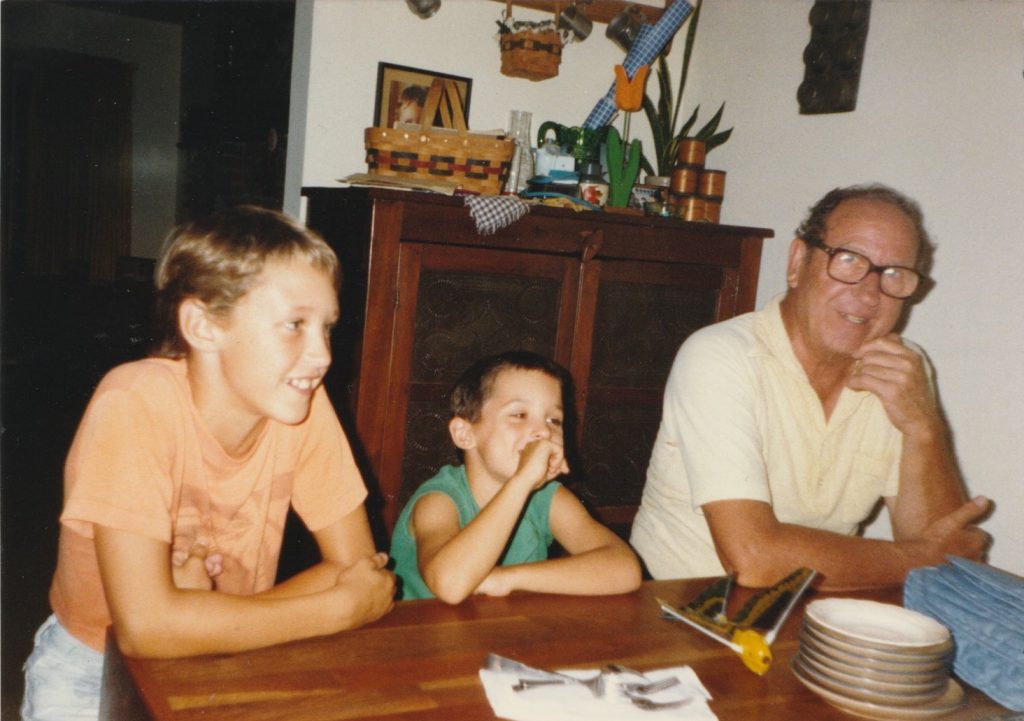
We just recently returned from a trip up north to see my family. As I walked through my childhood home, I realized that it’s been almost 25 years since I lived there. The ceilings seem lower, the kitchen smaller and hallways shorter. There are very few remaining indications that three young boys once built living room forts with linens or wrestled one another from wall to wall.
As I looked at the family pictures lined up along the mantle above the fireplace and on top of the pie safe (you’ll have to look that one up), I came across a picture of my Pop-Pop. He was sitting in our kitchen, looking on as I blew out the candles on my 16th birthday cake. The year was 1992.
I would only see him a few more times before I graduated from high school in the summer of 1994 and officially left for college that fall.
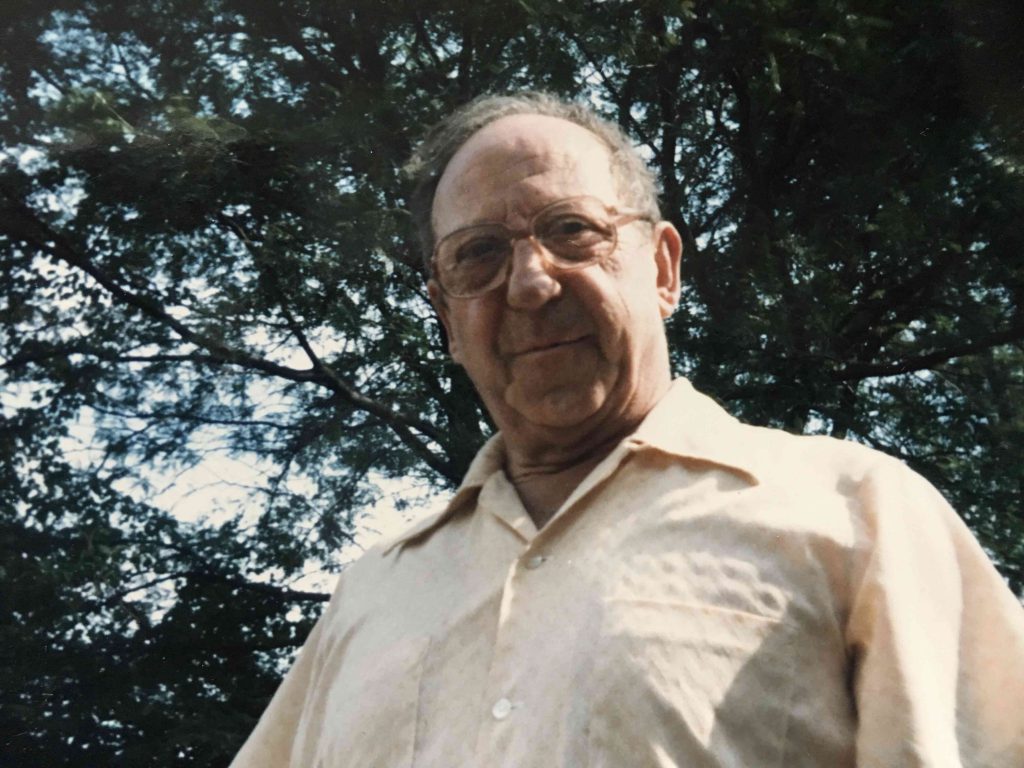
It was only two or three weeks into my first semester at school that I remember my mom calling my dorm room. Initially, it didn’t seem like a matter of dire emergency. She had mentioned that my grandfather had experienced some discoloration of his urine and his family doctor (we didn’t really use the term ‘primary care physician’ yet) advised him to go to the hospital for some tests beyond what his office was capable of.
Because I had only just started school, I made the decision to track his condition and wait to see what happened, which I ultimately regret.
My grandfather was diagnosed with pancreatic cancer, which required a Whipple procedure—a complex operation to remove the head of the pancreas, the first part of the small intestine, the gallbladder and the bile duct.
He never left the hospital. He passed away in mid-September of 1994 at Thomas Jefferson University Hospital in Philadelphia at the age of 71. I never got to see him again.
A gentle giant, standing at 6’3”, he served as a postman while being stationed in Guam in World War II; he was a Freemason, he was well-liked at the local VFW and was a leading regional salesman of Chrysler cars when Lee Iacocca revived the brand in the 1980s.
He lived a very full life, but it was difficult to watch him—so big—succumb to something so small and silent.
My Pop-Pop wasn’t afforded the opportunity to return home and take advantage of a care team. He didn’t have the ability to keep a pain diary or share his distress with those around him. His cancer and the implications that resulted from surgery ultimately caused him to leave us, far too soon.
Over these last 25 years, things have certainly changed. Our knowledge in the field has increased, as has the development of new technology when it comes to chemotherapy and ongoing care.
What hasn’t changed is that everyone who falls under a cancer diagnosis will experience some form of distress: feeling sad, hopeless, powerless, uncertain, guilty, etc. It not only affects the patient, but also family. It can also include mental, physical, social or spiritual suffering.
Without a home care team, my grandfather relied on hospital staff, as well as his son and daughters to help track his pain and be an advocate for aiding him through any distress.
My mom spent her entire life as a nurse in the hospital system. She devoted decades to helping patients in need, but when it came time to care for her dad, she was always dancing a fine line in separating the emotions between being a daughter and being a nurse.
If you’ve known anyone or had a family member diagnosed with cancer and they’re beginning or continuing treatments, it’s best to take some time and educate yourself about what they’re going through and the best way to help them. Being able to recognize symptoms of distress and/or side effects in an important part of helping the patient to manage their treatment.
Now that I have my own kids, my wife and I have learned that we have to be their sole medical advocates in life… and advocating for them means knowing everything I can about whatever illness they’re facing.
Since moving to coastal Virginia, somehow we have become friends with a group of families who have a common thread of having experienced childhood cancer. One of the things that we’ve learned from this amazing tribe is to be aware of signs and symptoms of severe distress, not only in the patients themselves, but also in the family members responsible for their care. It seems kind of ridiculous in a way, right? OF COURSE, someone facing a serious and life-threatening illness is going to have some anxiety and panicked thoughts and anger—but rarely do people ask how the care providers themselves are doing.
Caring for someone ailing is physically, mentally, emotionally and spiritually draining… you’re worried about juggling work, child care, finances, household duties, family and friend relationships on top of the daunting care of your loved one. As a parent dealing with a sick child, you too need and deserve resources.
Please take a moment to participate in this survey, which will take less than 15 minutes to complete. You will be entered to win one of ten $100 VISA gift cards. No personal information is kept, sold, or stored in the survey completion process.
PLEASE take the survey HERE.
EDITOR’S NOTE: This is a sponsored post on behalf of MED-IQ and I was compensated by Med-IQ through educational grants from AbbVie, Astellas, and Genentech to write about managing distress for cancer patients and their caregivers. All opinions are my own, however, the story of my grandfather is all ours. For more information about getting help and support for yourself or anyone close to you that’s been diagnosed with cancer, please visit cancersupportcommunity.org.
Med-IQ is an accredited medical education company that provides an exceptional educational experience for physicians, nurses, pharmacists, and other healthcare professionals.
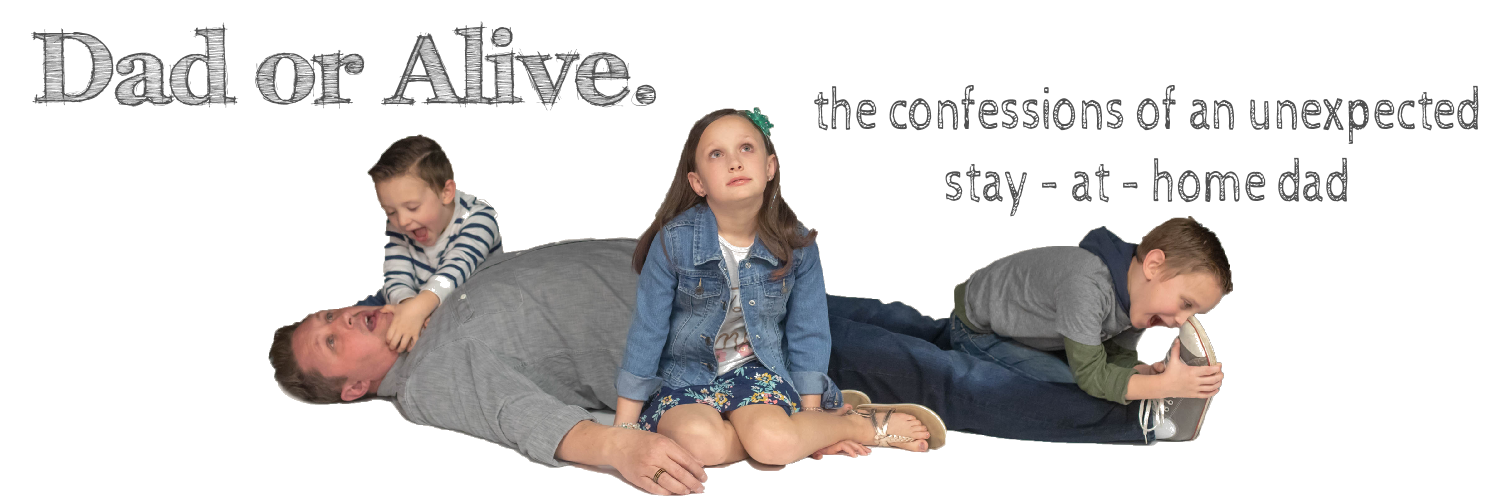
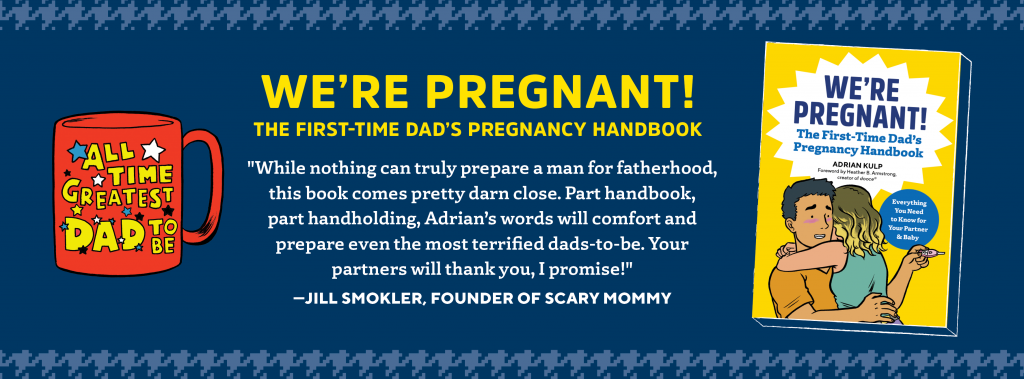
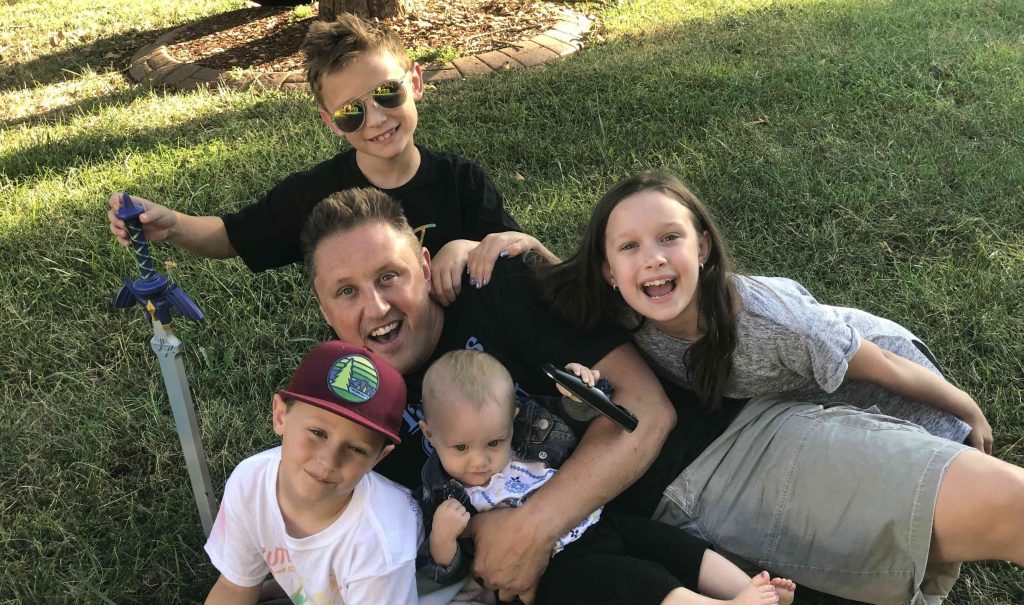

Leave a Reply